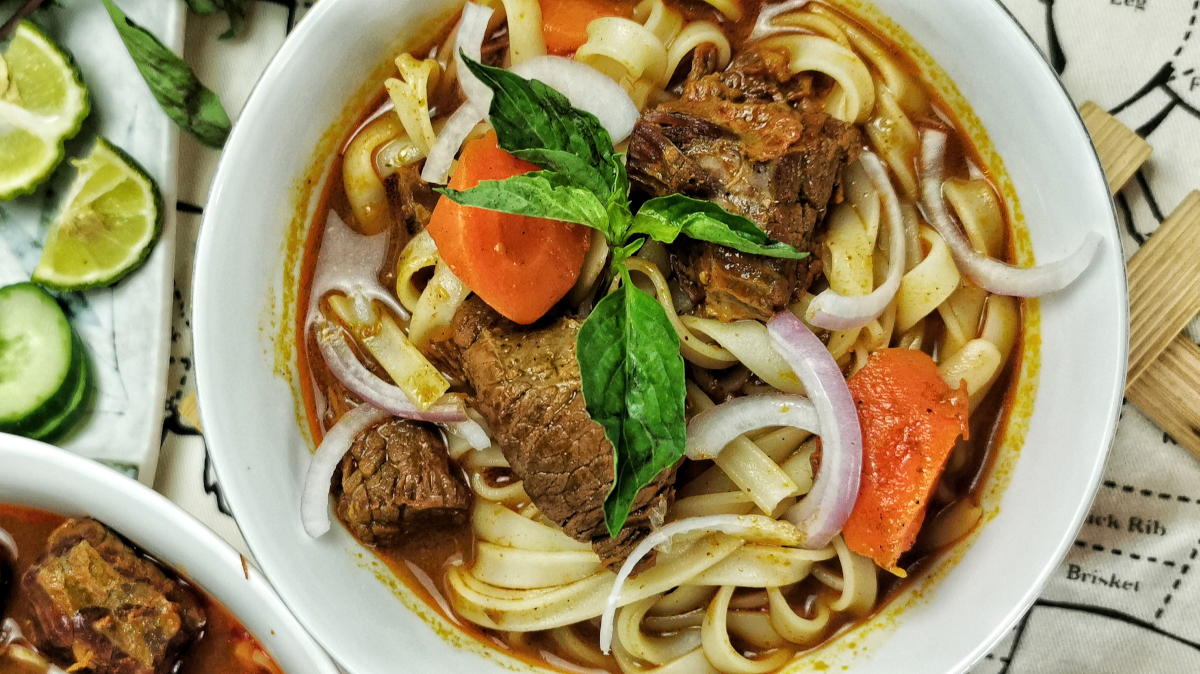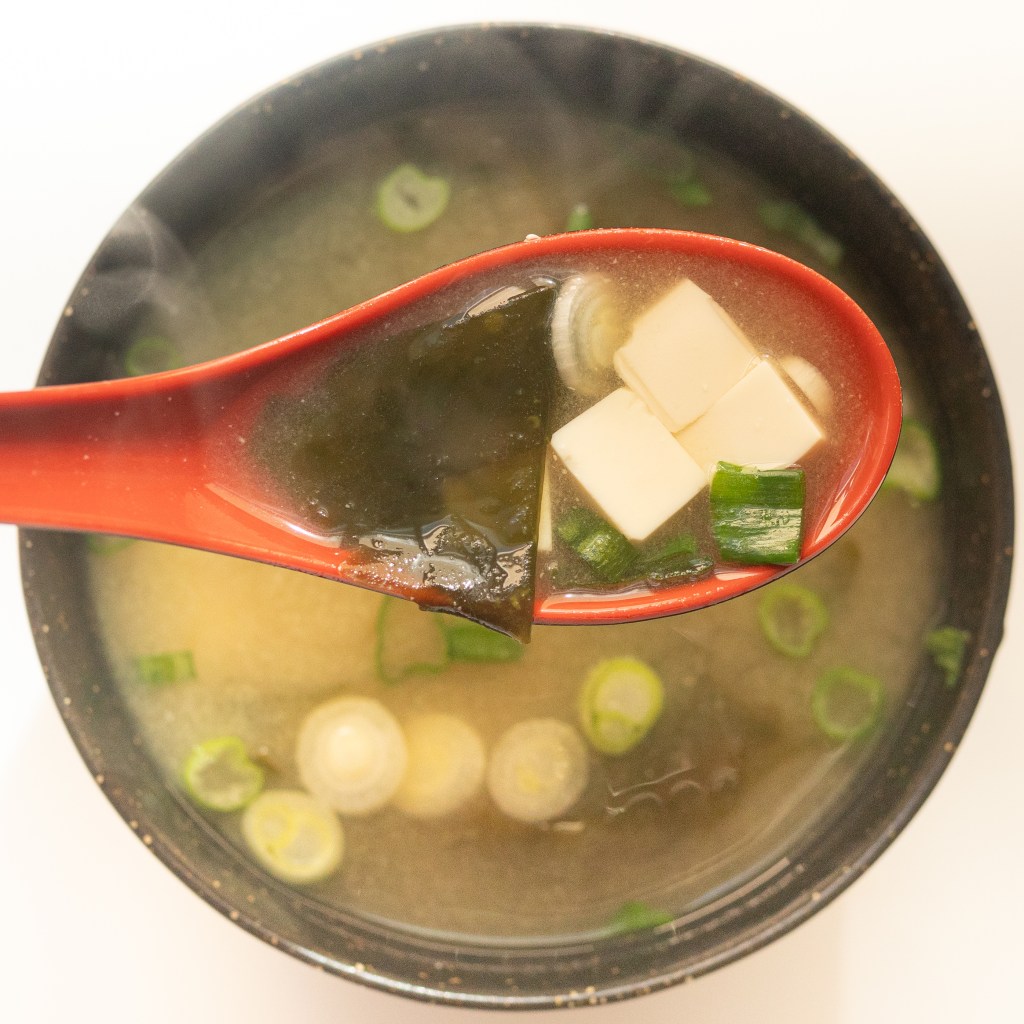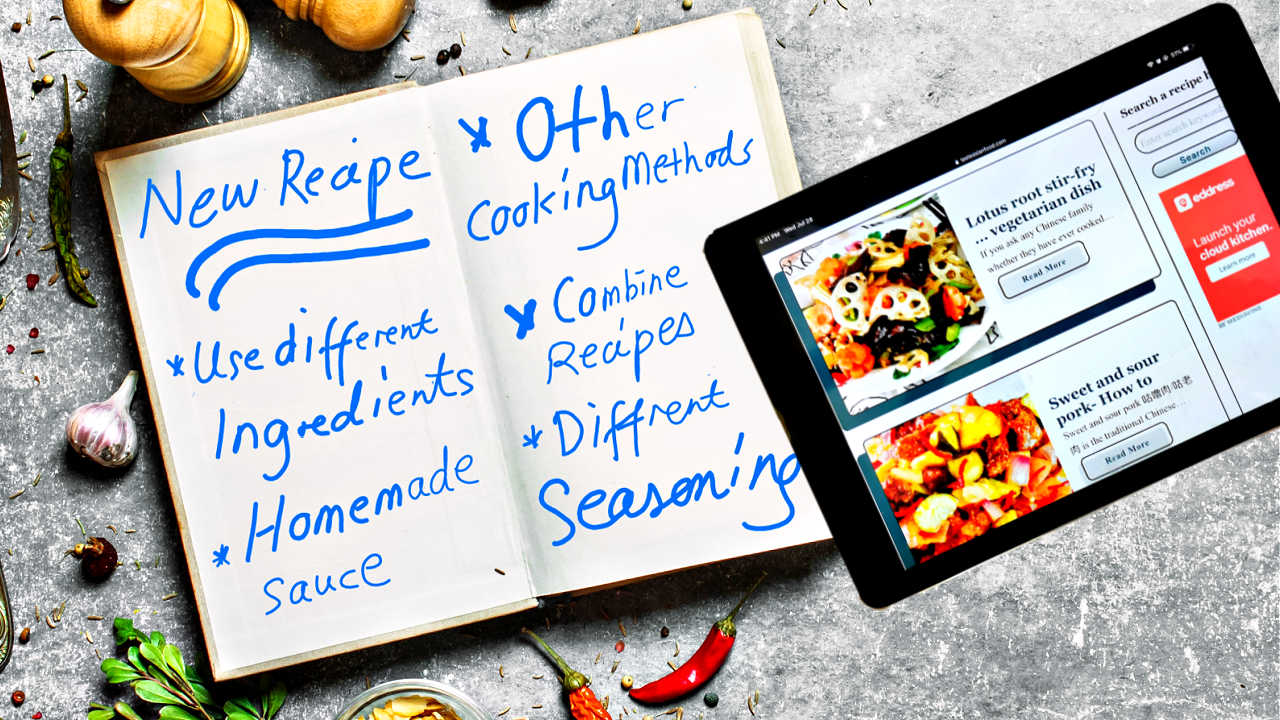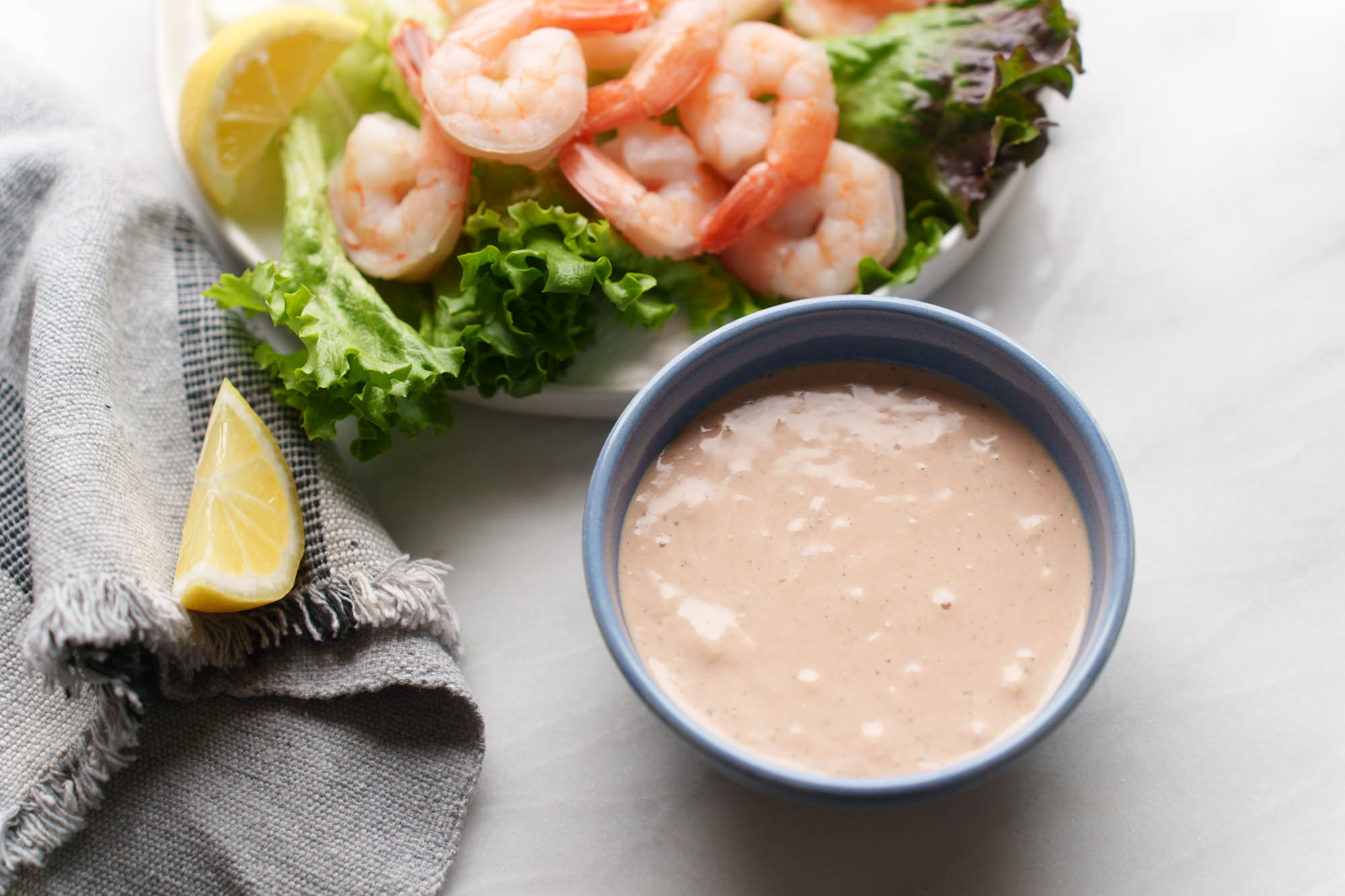Discover the Unique Flavor of Bo Kho (Vietnamese Beef Stew)
What sets Bo Kho apart from other beef stews? It’s the distinctive flavor! Instead of the usual rosemary, thyme, and paprika, try using lemongrass, fish sauce, coconut juice, and basil leaves. This article will provide a detailed guide on how to prepare this delicious dish. If you’re located far from Vietnam, you’re missing out on this incredible recipe. Let’s dive into the details!

How to Prepare Bo Kho
This Vietnamese beef stew recipe is divided into five sections:
1. Marinate and Sear the Beef
Which Beef Cuts are Best for Vietnamese Beef Stew?
When ordering Bo Kho at a restaurant, you may have a choice of various beef cuts such as chucks, shanks, flanks, tendon, and oxtails. For a smaller family, I prefer using beef chucks in this recipe.
Marinate the Beef
- Remove the thick, silvery layer on the surface of the beef, as it can be tough.
- Pat the beef dry with a kitchen towel to ensure it browns properly.
- Cut the beef into 1.5-inch chunks, keeping in mind that it will shrink during cooking.
- Marinate the beef with sugar, salt, black pepper, and fish sauce. While some recipes include finely chopped lemongrass in the marinade, I prefer to add it later in the broth.
- Let the beef marinate for at least an hour, or ideally overnight in the refrigerator.
Brown the Beef
- For enhanced flavor, brown the marinated beef before stewing.
- Heat a cast-iron skillet or non-stick pan over medium-high heat and drain excess marinade from the beef.
- Brown the beef chunks until the surface is caramelized, then remove and set aside.
2. Stew the Beef with a Blend of Spices and Herbs
- In the same pan, heat vegetable oil and sauté chopped garlic, ginger, and smashed lemongrass.
- Add annatto powder and Bo Kho spices, then return the browned beef to the pan, mixing well.
- Add a rough-chopped tomato for moisture, or substitute with tomato paste.
- Include dry spices such as cinnamon, bay leaves, star anise, and smashed lemongrass.
Transfer the mixture to a larger pot if needed, add water to cover half the beef, and bring to a boil. Reduce heat and simmer for 1-2 hours, or until the beef is tender but not falling apart.
What is Annatto Powder?
- Annatto is a natural coloring agent derived from seeds, imparting a yellow or orange hue and a slightly peppery flavor.
- It can be used in powder form or as whole seeds, which can be infused in hot oil.
- If unavailable, substitute with tomato paste or paprika for color.
What is Bo Kho Spice?
- Bo Kho spices typically consist of paprika, star anise, garlic, chili, ginger, and cloves.
- Chinese five-spice powder can serve as a close substitute.

3. Add the Vegetables
Carrots are the most common root vegetable used in Bo Kho, although daikon and potatoes can also be included.
- Cut the carrots into wedges similar in size to the beef chunks.
- Add the carrots to the stew once the beef is tender and continue cooking for 20 minutes.
- Incorporate one cup of coconut water; if unavailable, substitute with plain water and a teaspoon of sugar.
- Adjust the stew’s consistency and flavor to your liking, adding more water or seasoning as needed.
- For a thicker stew, consider adding cornstarch slurry if using only carrots.
4. Garnish, Storage, and Serve
Bo Kho is typically garnished with basil leaves and lime wedges. It can be enjoyed as a standalone meal or served with noodles and crusty Vietnamese baguette, bánh mì.
This stew tastes even better the next day, making it worthwhile to prepare larger batches for freezing. For best results, freeze portions before adding the carrots, then add them when you’re ready to enjoy the stew.
5. Other Related Recipes to Bo Kho
Here are some related recipes you might enjoy:
- Vietnamese-inspired pan-fried lemongrass chicken chop.
- Chinese beef stew with traditional Cantonese seasonings.
- Three cups chicken, a simple yet flavorful Taiwanese dish.





